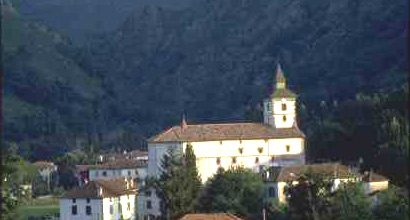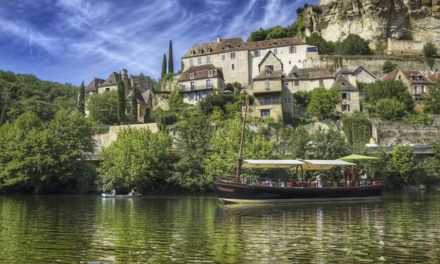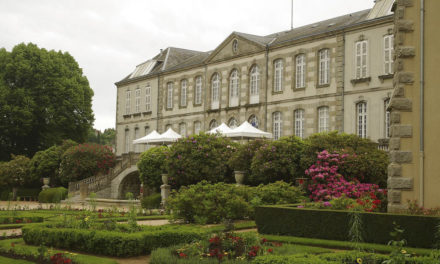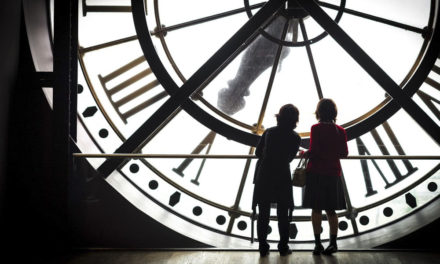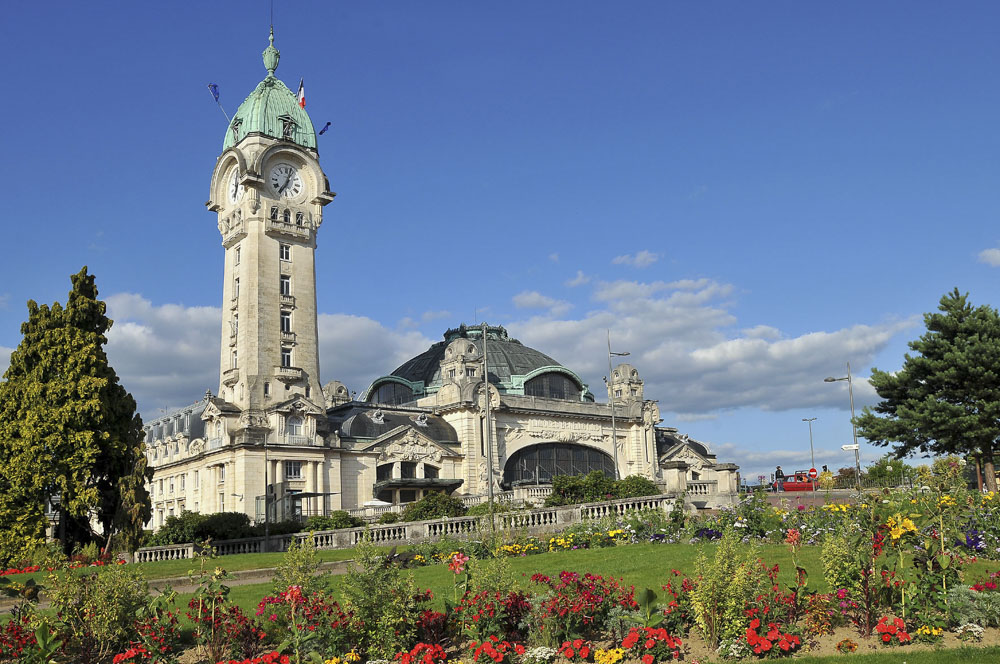
The Haut Vienne as with all of the Limousin has its share of gourmet festivals. In Mid July in Saint Yrieix-la-Perche is ‘La Frairie des Culs Noirs’ or the festival in the homeland of the ‘black-bottomed’ breed of pigs raised here since the time of the Gauls.The festivities centre on a banquet of black bottomed pork, a tombola featuring a pig as a prize and an evening of al fresco dining followed by a traditional country dance. On the third Friday of October at Limoges is the ‘Frairie des Petits Ventres, an orgy of indulgence held in the street of the butchers and featuring tastings of traditional tripe dishes including the ‘Petits Ventres’ and Limousin pastries. On a more sombre note near Limoges is the Centre de la Memoire inaugurated by President Chirac at the villa of Oradour-sur-Glane where some 640 people were massacred in the 2nd World War. In the words of Georges Santayana “ he who cannot remember the past condemns himself to reliving it”. There is also a museum dedicated to the resistance in Limoges and a permanent exhibition in the Castle at Peyrat le Château where the maquis lived and fought. The exhibits have been carefully collected by a brother-in-arms of the Colonel who liberated Limoges.
Towns in the Haute Vienne
Hotels in Haute-Vienne
Mortemont
At Mortemont, one of the ‘plus beaux villages de France’ the Château of the Dukes de Mortemont is surrounded by an ancient monastery, two convents and a collegiate church. St Leonard de Noblat is a fine medieval city, its church a superb example of romanesque art.
Valley of the Dronne
For an original form of sight-seeing, take the Vélo-train which runs for 6 kilometres along the valley of the Dronne and is a cross between a bicycle and a train. Alternatively the ‘Train Vapeur’ or steam train puffs its way over 100 kilometres from Limoges to Ussel through some spectacular countryside, including gorges and the Plateau de Millevaches. Saint Junien owes its wealth to the tanneries and paper mills which flourished on the banks of the River Vienne. Besides the more everyday quality leather goods, the area is famous for elegant and extravagant gloves, frequently seen on the catwalks of Paris.
Limoges
Limoges, the capital of the region, is a historic city with charming old streets, museums, galleries and gardens. Founded by the Roman Emperor Augustus in 16 BC, it was originally named Augustoritum after him and Roman remains are still being unearthed to this day. Famous for its ‘arts du feu’, porcelain and enamel, which began in the 12th century, it has gained world fame in the centuries which followed. There are many museums as well as the Bernardaud factory which can be visited to learn about this ancient china making process. The ‘company of butchers’ are also a force to be reckoned with since 1200 and have their own tiny Chapel. There is a splendid 19th century covered market and an impressive railway station with a slate dome. Real ale is another local product. Until 1940 there were no less than 49 breweries in Limoges. The Brasserie St Martial still brews real ale using Kentish hops and has seven varieties of beer on site. Roman aqueducts used to supply the city with water and subterranean passages still exist from this era.
| Title | Address | Description |
|---|---|---|
HAUTE-VIENNE | Haute-Vienne, France |

